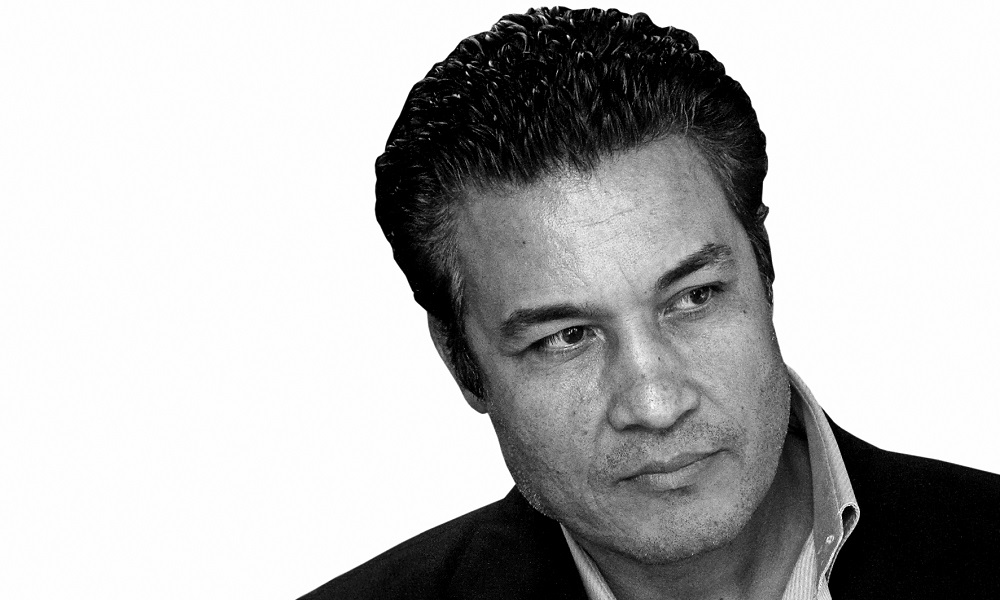Armstrong Ceiling Solutions’ Mohamed Khaled believes to actively combat climate change, more companies need to invest in sustainable building solutions
Sustainable buildings are becoming more desirable in the workplace, across a range of high-profile developments and in homes. While the UAE ranks in the top 10 countries in the world to hold LEED certifications, there is still progress to be made.
Mohamed Khaled, sales director Middle East for Armstrong Ceiling Solutions, a leader in commercial ceiling, suspension systems and wall solutions, believes that in order to actively combat climate change, more companies need to invest in sustainable building solutions such as ceiling systems.
Climate change is without a doubt one of the biggest design challenges we face in 2019, and it will be for many years to come. While the UAE Energy Strategy 2050 aims to convert 50% of its energy to renewable sources and reduce its carbon footprint by 70%, we still have a long way to go. However, by making small changes in the present, we can begin to build a greener future.
The government says “the UAE is classified among the categories of countries with the highest rate of vulnerability to the potential impacts of climate change in the world”. Tackling climate change is a long-term priority for the UAE, and the need to create more green-certified buildings has never been greater.
Emirates such as Dubai and Abu Dhabi have already taken great strides to create sustainable change. Sustainable City, a new housing development in Dubai, recycles its water and produces more energy than it consumes. Dubai has also launched Green Planet, the first indoor tropical rainforest, which aims to provide the people of Dubai with an opportunity to experience and gain a deeper understanding of the fragile ecosystem of the equatorial regions. Masdar City in Abu Dhabi is one of the world’s most sustainable urban communities. The project focuses on future proofing Abu Dhabi by looking for alternative and sustainable energy sources.
While it is evident that there has been development, what if we saw every building as an opportunity for sustainable development? It’s shocking that one third of global energy consumption is in buildings, but companies must see this as a prime opportunity to grow and create more environmentally friendly buildings.
Sustainable ceiling solutions
Choosing sustainable ceiling materials for buildings is just one way that businesses can minimise climate change while improving health and wellbeing and energy efficiency, lowering emissions and reducing waste. By implementing passive heating and cooling ceiling systems, companies can have better control of creating a constant comfortable temperature around the clock. Similarly, high-reflectance, bright white ceiling systems can play their part in distributing natural light throughout a space, reducing reliance on artificial lighting.
Using glass facades provides a balance of heat and cool for thermal comfort, while switching from high emitting products to low emitting products can help create better indoor air quality. High-performance acoustics are also essential to deliver an aesthetically pleasing environment and should be a top design priority, particularly in green buildings where the norm is not only to use fewer resources, but to create environments that promote health and wellbeing for individuals.
Ceiling solutions with Cradle to Cradle certification have been designed to be endlessly reuseable, taking into account how a product is designed, what’s in it and where it goes after use. Therefore, companies should look out for this certification when specifying building products, as they have been designed for recycling using manufacturing processes which minimise water consumption and adopt renewable energy strategies.
And finally, businesses need to be willing to experiment with renewable materials such as bamboo, wood and plant-based fibreglass, all of which can make a huge difference to how buildings operate more efficiently.
While there are more factors to consider, these play an instrumental role in tackling climate change while helping to create desirable spaces for people to live, work, relax and shop in.
Building an eco-friendly future
It is fundamental that companies incorporate adaptable spaces into projects and design environments that can be used and adapted all year round. We need to create more living and working spaces that use natural light and sustainable materials, so that there is less reliance on powered sources, thus creating greener buildings that are sustainable for the future.
As an industry, we need to place more emphasis on how sustainability can permeate into every aspect of the build – and, in fact, every aspect of our lives. Companies must embrace green building technologies over conventional methods in order to tackle climate change. Sustainable building solutions can shape our future and world – if we’re to avoid climate catastrophe within our own lifetimes, we must act now.
